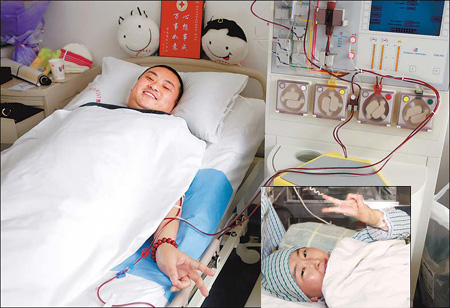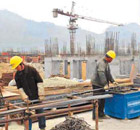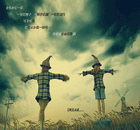Society
Stem cell transplant seals life-saving bond
By Shan Juan (China Daily)
Updated: 2010-01-29 07:31
 |
Large Medium Small |
|
|
Nankai University student Ayinuer Humatai and migrant worker Li Yong have never met.
But the 21-year-old social work major now shares a special bond with the 37-year-old laborer from Sichuan province.
Ayinuer, a Kazak girl from the Xinjiang Uygur autonomous region whose name means "moonlight", received a life-saving stem cell from Li in a transplant operation yesterday in Tianjin.
Li turned out to be the perfect match.
He had signed up for the Chinese Marrow Donor Program (CMDP) registry in 2004 and never gave it another thought.
The call to donate came out of the blue, he told China Daily yesterday after a 3-hour-long donation in the Beijing-based 307 Hospital of PLA.
He remembered hearing of the case of "a young Kazak girl from Xinjiang with acute lymphoma cell leukemia. The only cure for her was to have a blood stem cell transplant ... Are you willing to donate?"
"There was really no other answer for me than to say 'yes', despite a small worry about any potential health risks of donating," said Li, the breadwinner of his family and father of a 5-year-old girl.
"I feel good now and will go back to work in a week. It's like hitting the jackpot for me, to be able to save her," he said.
The only thing that made him uncomfortable was the number of reporters trying to interview him, he said.
In her hospital bed in Tianjin, thousands of kilometers away from her hometown of Altay in Xinjiang, Ayinuer said she never expected the transplant to happen so quickly.
"She's lucky to have landed a match so soon," said Yan Anli, lead doctor at the 307 Hospital in charge of the donation.
Many die waiting for a match which, unfortunately, never comes, he said.
Currently, about 1 million people need a transplant. To date, only 1,461 of them see their match through CMDP, which now has 1.12 million volunteers signed up to donate blood stem cells.
"We expect to increase the figure to 2 million by 2014 to save more people," said Hong Junling, director of the CMDP under the Red Cross Society of China.
"The larger the pool of donors, the better the chances for more to live," he said.
"It's well proven that the donations are harmless to health and we hope more people, especially those with different racial and ethnic backgrounds, donate," he said.













